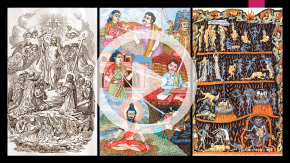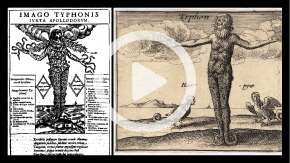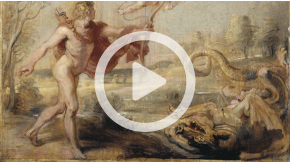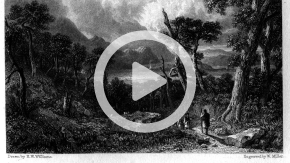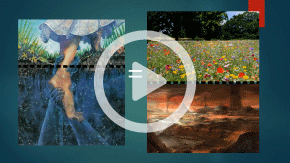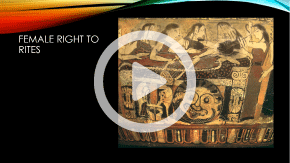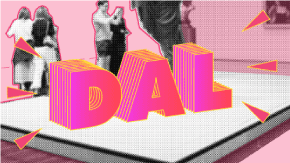2020 Space and Place in Ancient Greek Literature

|
The honours module Space and Place in Ancient Greek literature and thought of the Department of Classics and Ancient history is assessed partly via a 10-minute video presentation which the students record by themselves using Powerpoint software. The video presentation is currently 10% of the overall mark, but given its success with the students, it is currently being reviewed internally for increased weight in the future. This module ‘Space and Place in Ancient Greek literature and thought’ explores images and ideas through which Greeks conceptualised space, and the ways that certain spaces and places were imagined, constructed and characterised in Greek poetry and literature from Archaic to Hellenistic times. Although it is a module that studies texts, its teaching is heavily visual and conjures and fosters the students’ skills of visual thinking, narration, and imagination.
Some of the questions which the students have explored over the years via their video presentations include the following: how was the underworld imagined in different periods and what does this say about Greek understandings of space? Why do journeys, returns and separations form the heart of so much Greek poetry and literature, and how have these motifs helped the Greeks to think about themselves? When was cartography invented and what influence did it have on the ways poets constructed and represented spaces? How did the sea and the mountains of Greece capture the imagination of Greek poets, and what connotations were attributed to them? How useful is the concept of gendered space in Greek poetry and literature? What is so philosophical about Greek caves? |
Want to Know more about this?This is one of the undergraduate modules of the Department of Classics and Ancient History at Warwick. Meet the Module Tutor...
Check out the amazing pieces that the students enrolled in this module have produced!! |
These are some examples of the students' work created in this Module...
|
Students are encouraged to prepare a video presentation by doing in-depth research into the relevant primary and secondary sources, and making sure that they construct and pursue an independent scholarly argument, exactly in the manner that they are expected to do for essays. However, because space n literature is largely about visual imagination, they are encouraged to find appropriate images which capture their ideas and help them convey their ideas effectively to the viewer, ultimately enhancing the presentation in a way that written verbal means cannot possibly do. Furthermore, the students are helped to develop other transferable skills which are especially significant: how to achieve an engaging opening to draw the viewer in, how to maintain a good spoken pace in their argumentation, how to close with a compelling conclusion etc. As a whole, the presentation fosters their creativity and gives them the opportunity to display skills which are not normally displayed via the traditional essays. |
Want to see more like this?Take a look at the other modules with digital assessment and the amazing work created by their students. |




